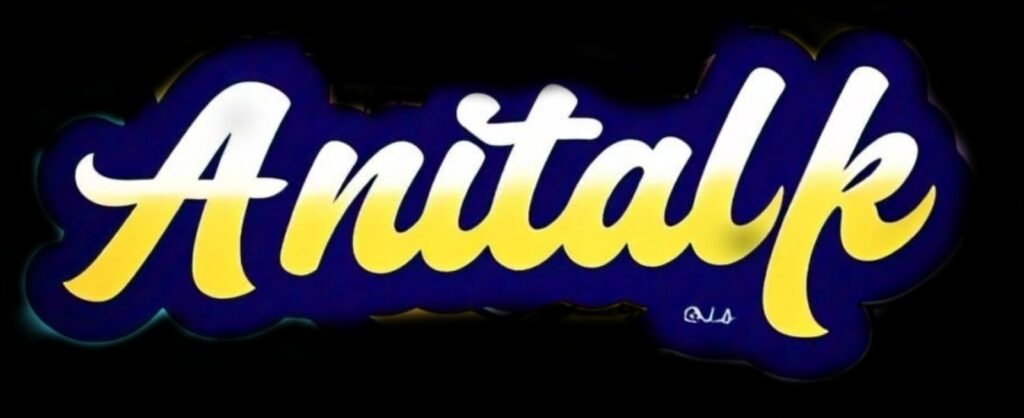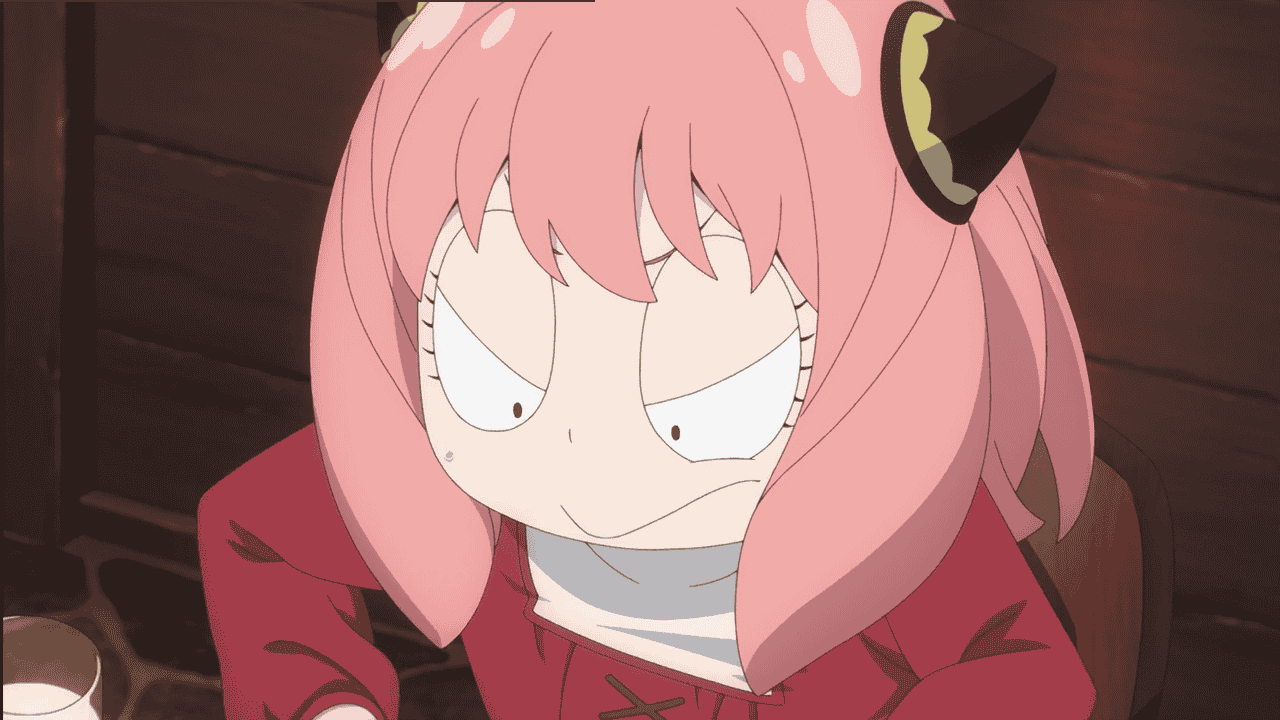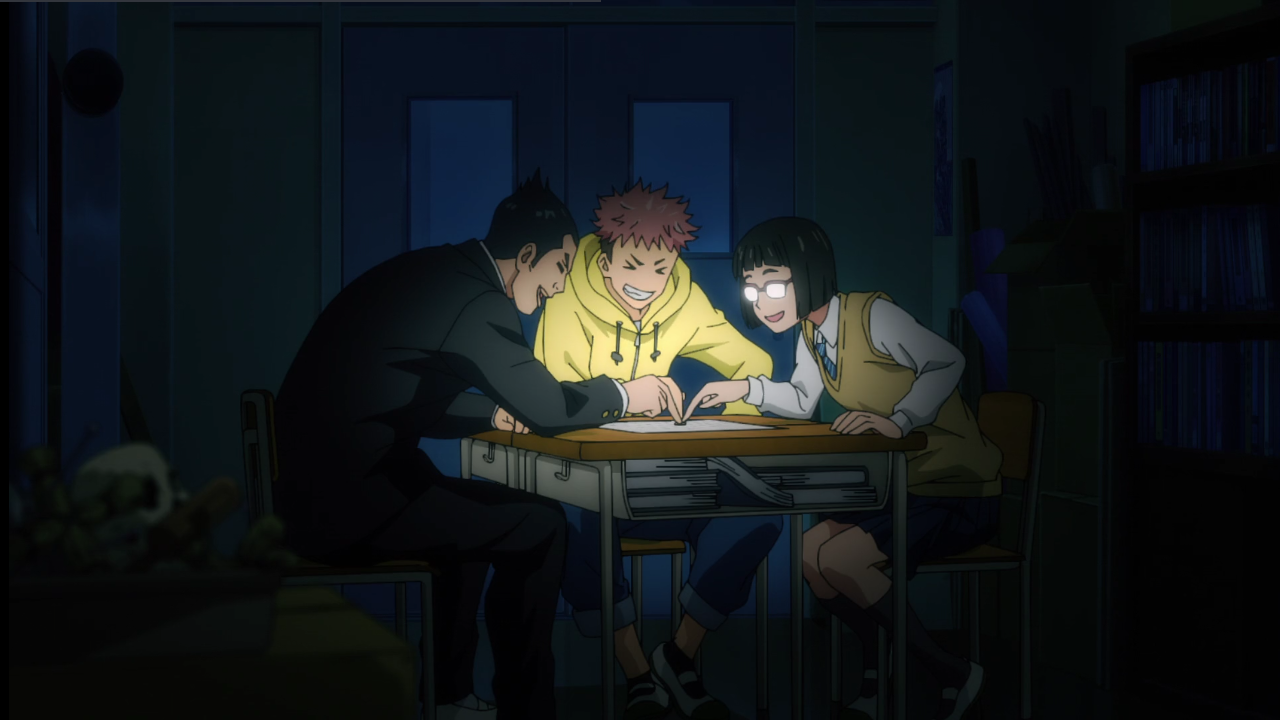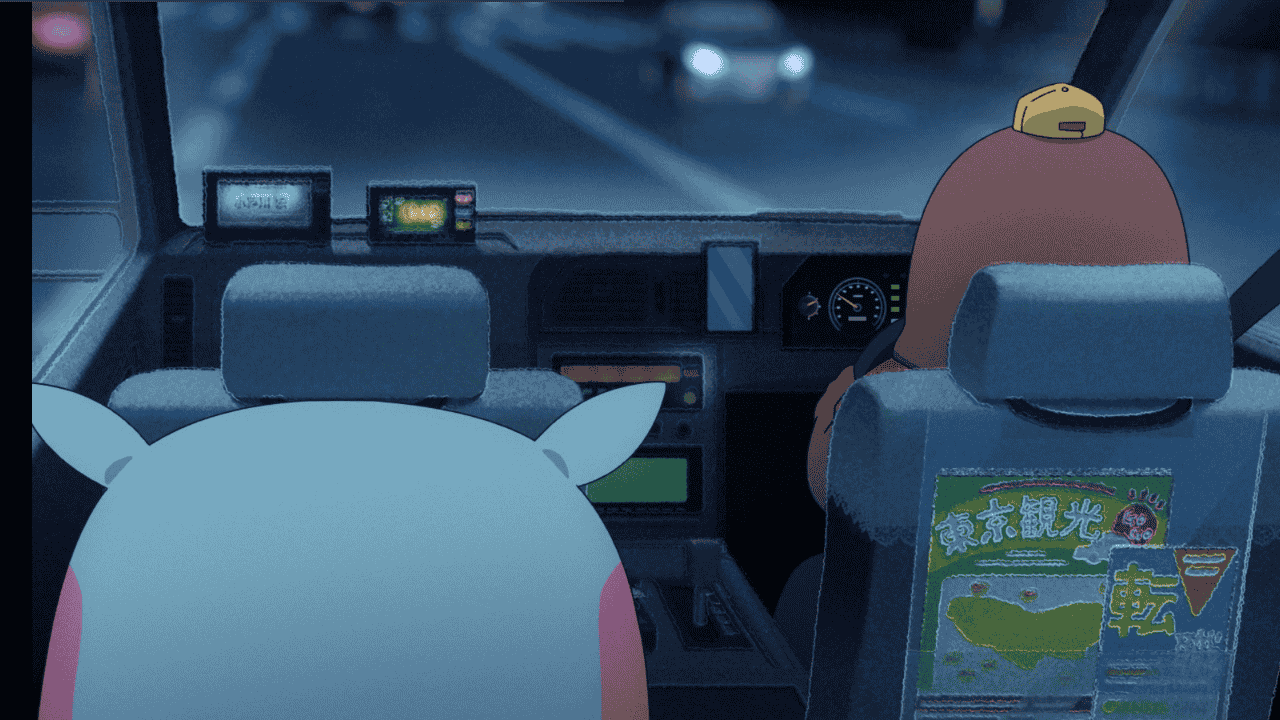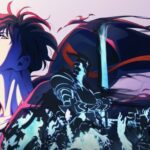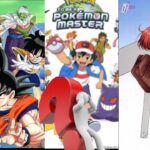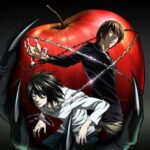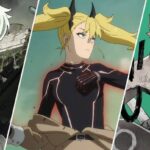Anitalk
Discover what truly defines anime beyond just big eyes and wild hair. We explore anime’s visual styles, storytelling techniques, and psychological depth using fresh examples and fan insights.
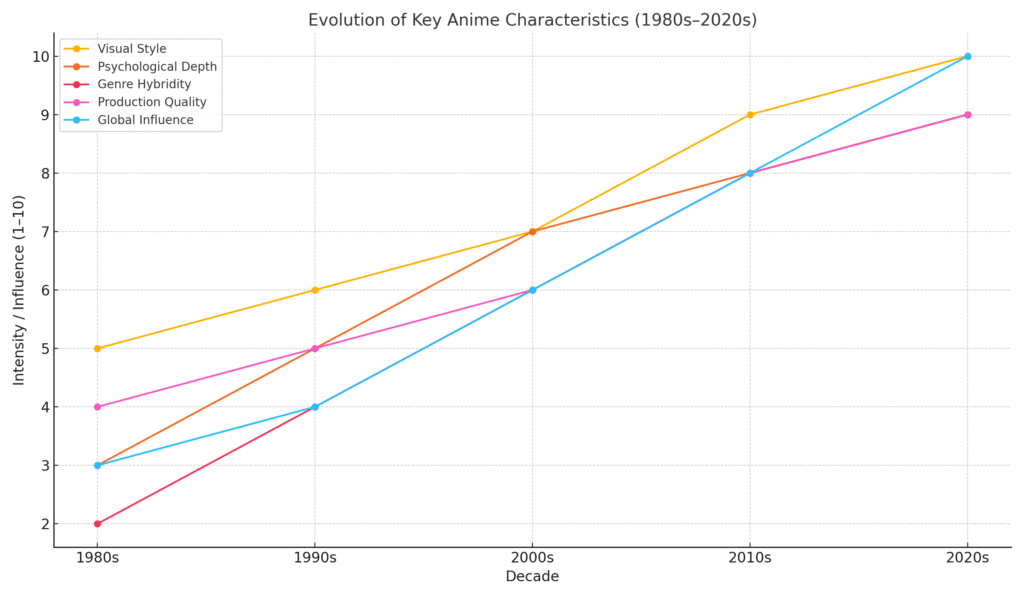
🌀 Introduction: More Than Just Cartoons
If you’ve ever heard someone brush off anime as “just cartoons,” you know how misunderstood the medium still is outside its fanbase. But anime is more than just a style—it’s a dynamic fusion of culture, philosophy, art, and emotion. The characteristics of anime are vast, complex, and ever-evolving. From the hyper-stylized fight scenes of Chainsaw Man to the heartfelt family dynamics in Spy × Family, anime continues to push creative boundaries.
In this post, we’ll dive deep into the core characteristics that define anime, backed by modern examples, fan insights, and behind-the-scenes production elements that most surface-level articles miss.
🎨 1. Distinct Visual Aesthetics
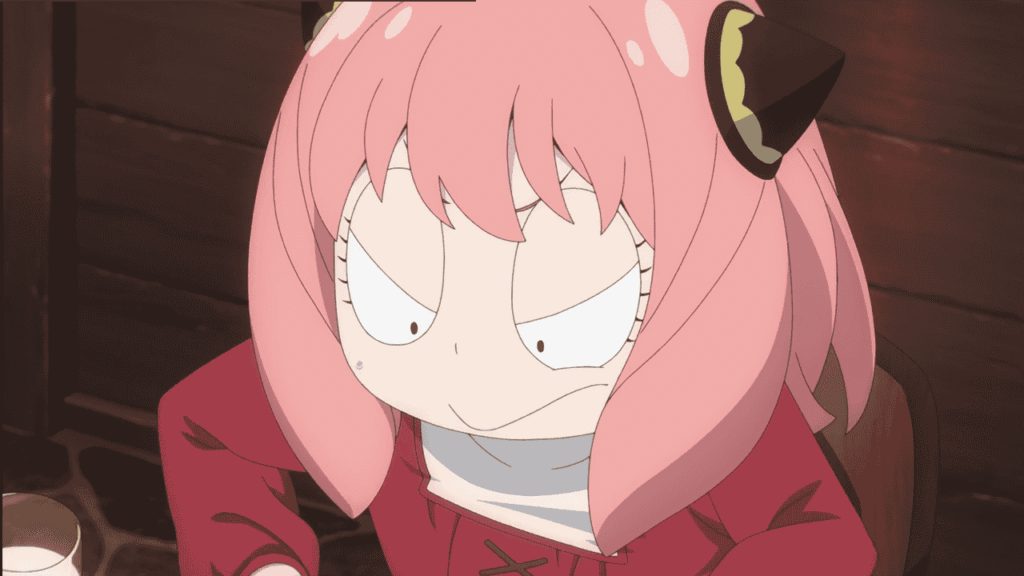
A. Exaggerated Facial Expressions and Eyes 👀
One of the most recognizable characteristics of anime is its visual flair. The oversized eyes, stylized hair, and dramatic expressions aren’t just for show—they serve storytelling purposes. Large eyes, for instance, can convey subtle emotions more effectively.
“Those eyes tell more stories than most live-action actors ever could.”
— u/kitsunehunter89 on Reddit
Example:
In Spy × Family, Anya’s expressive face is almost meme-worthy but essential to her character’s charm and emotional depth.
B. Unique Art Styles per Studio 🎨
Each anime studio brings its own signature flair. Compare:
MAPPA’s cinematic, grunge-like textures in Chainsaw Man
Kyoto Animation’s soft palettes in Violet Evergarden
Studio Trigger’s exaggerated, sharp-line animation in Kill la Kill
These styles are not just aesthetics—they communicate tone and pacing.
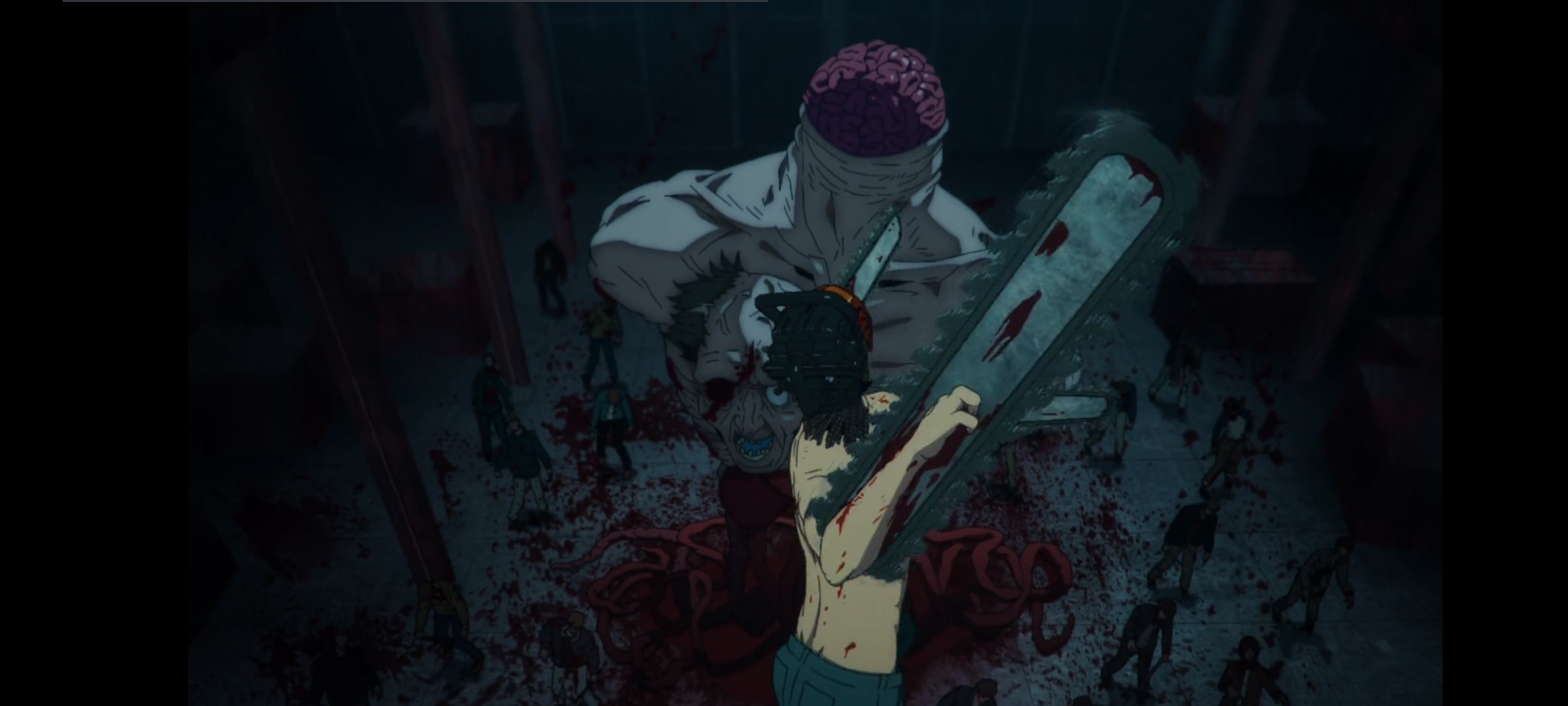
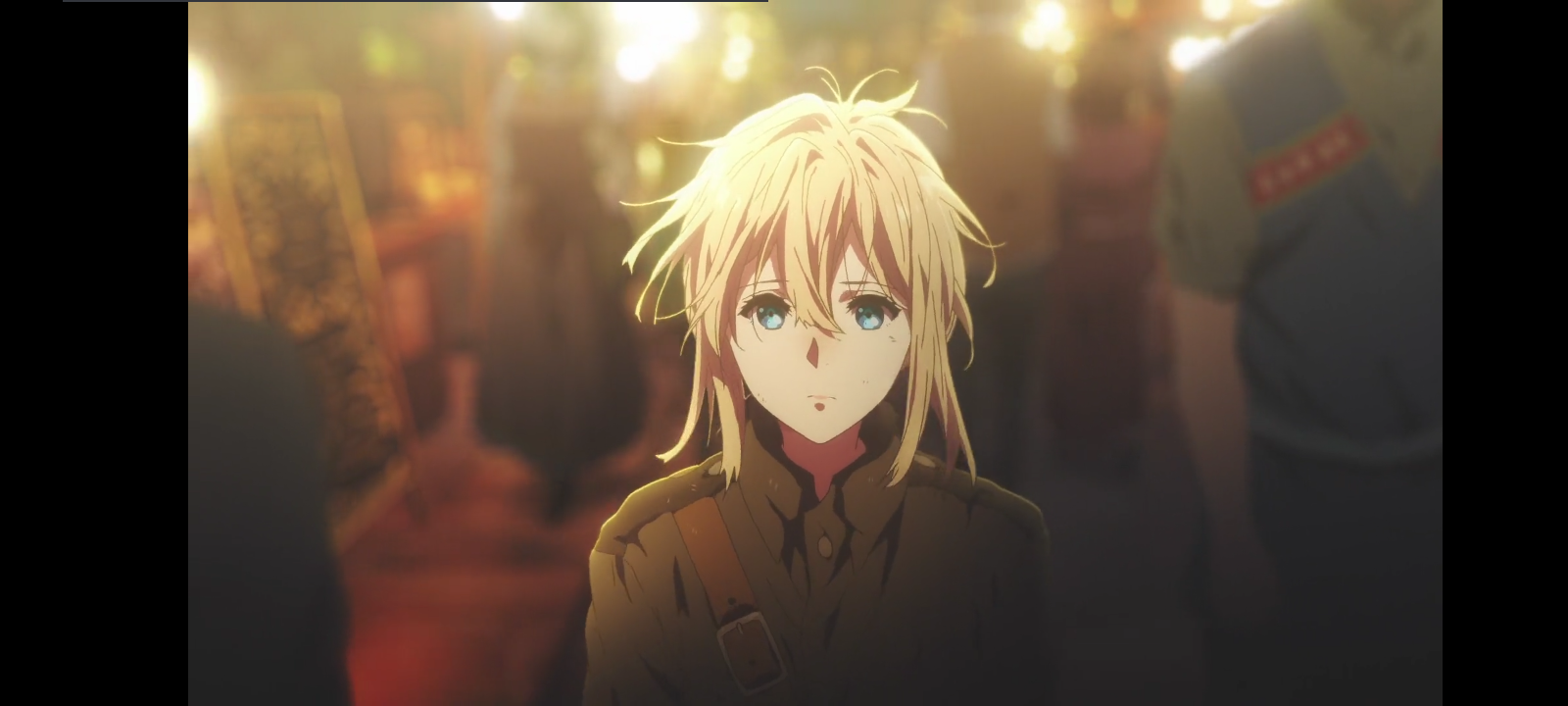
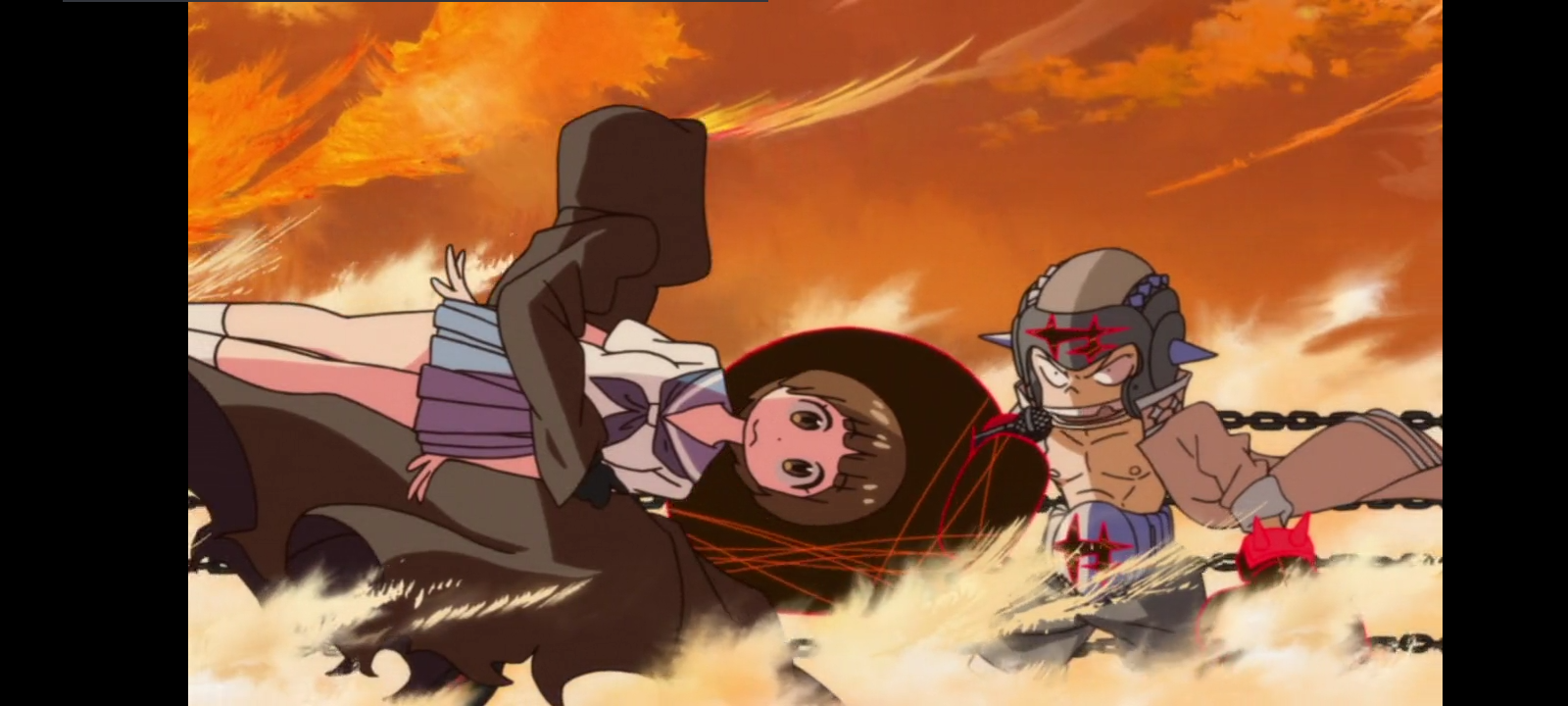
🧠 2. Psychological and Philosophical Themes
Anime often dives deep into existentialism, identity, and trauma in ways mainstream media doesn’t dare.
A. Exploration of Identity and Trauma
In Neon Genesis Evangelion, Shinji’s psychological battles are front and center. Similarly, Chainsaw Man’s Denji isn’t just slaying devils—he’s confronting a deep yearning for affection and meaning.
“Anime like Evangelion made me confront my own mental health in a way therapy didn’t.”
— Fan comment on MyAnimeList
B. Social Commentary
Many anime critique society subtly (or blatantly). Parasyte questions what it means to be human, Attack on Titan dives into freedom and warfare, and Psycho-Pass explores surveillance and free will.
🧵 3. Narrative Complexity and Layered Storytelling
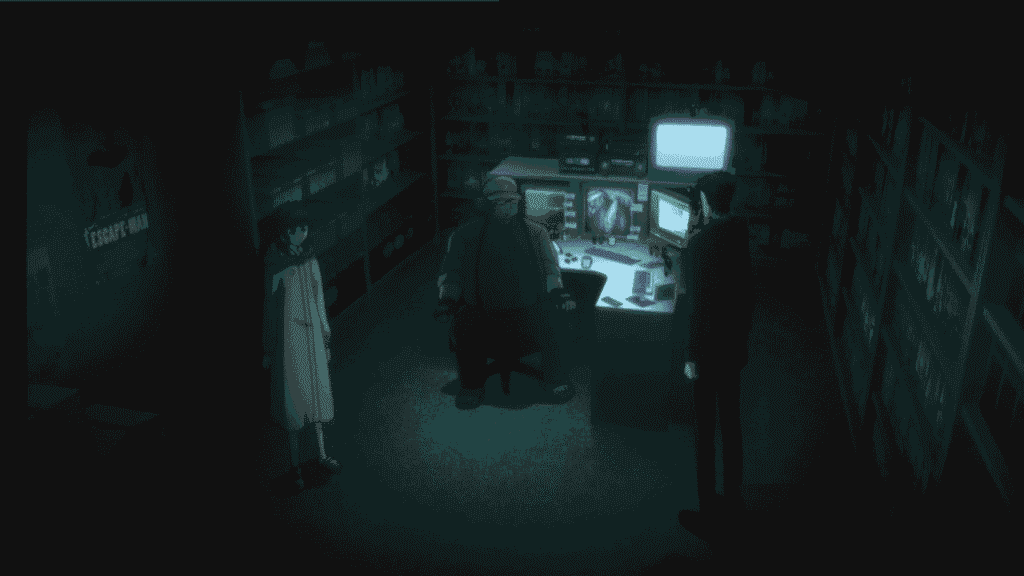
Unlike many Western animations, anime doesn’t shy away from multi-episode arcs, plot twists, or morally gray characters.
A. Non-Linear and Multi-Timeline Structures
Shows like Steins;Gate or Erased manipulate time masterfully. These narratives reward patient, detail-oriented viewers.
B. Character-Driven Drama
Rather than plot for plot’s sake, anime often builds stories around emotional growth.
In Your Lie in April, music becomes the backdrop to personal healing.
In Made in Abyss, the journey downward mirrors an emotional descent into trauma and innocence lost.
🎭 4. Genre Fluidity and Subversion
Anime isn’t bound by rigid genre walls. One series can mix romance, horror, comedy, and action.
A. Hybrid Genre Examples
Spy × Family combines espionage, slice-of-life, and comedy.
Jujutsu Kaisen mixes school life with brutal horror-action.
Odd Taxi looks like a furry sitcom but is actually a gritty crime thriller.
“You start watching Odd Taxi for the talking animals, and end up in a full-blown murder mystery.”
— u/jujubejuice on r/anime
🎤 5. Sound Design, Voice Acting, and Music 🎶
Anime thrives on audio storytelling as much as visuals.
A. Voice Acting (Seiyuu) Brilliance
Japanese voice actors pour raw emotion into their roles. Yuki Kaji’s performance as Eren in Attack on Titan evolves from quiet rage to chaotic madness—mirroring Eren’s internal transformation.
B. Music That Elevates the Narrative
Composers like Hiroyuki Sawano (Attack on Titan) and Yoko Kanno (Cowboy Bebop) don’t just add background music—they create emotional atmospheres.
🎧 Try watching Vivy: Fluorite Eye’s Song—its soundtracks often narrate the inner turmoil of an AI questioning her humanity.
💢 6. Action and Animation Innovations
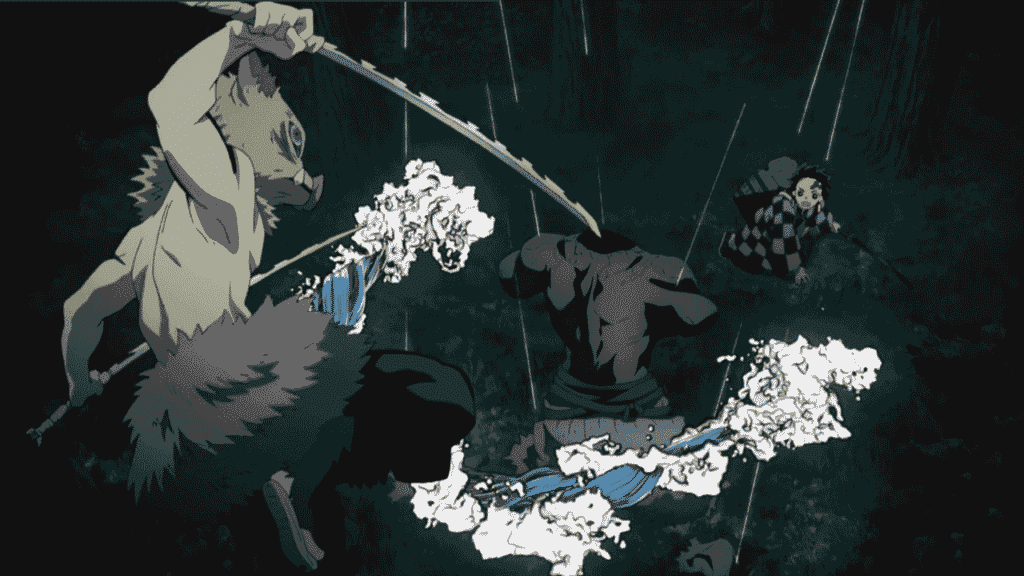
Anime action scenes often use inventive animation techniques—freeze frames, blur lines, and sakuga (highly detailed frames for key scenes).
A. Sakuga Moments
Demon Slayer became iconic for its sword fight sequences, especially Tanjiro’s battle in the Mugen Train arc. Every movement is fluid and emotionally weighted.
B. Cinematic Direction
Modern anime often borrows from live-action film—dynamic camera angles, color grading, and realistic lighting.
Example:
MAPPA’s Chainsaw Man uses handheld-style animation in fight scenes, mimicking documentary or thriller cinematography.
🏆 7. Cultural Symbolism and Japanese Values
Anime deeply reflects Japanese traditions, values, and even social dilemmas.
A. Concepts of Honor, Duty, and Group Harmony
You’ll see these in Naruto’s “Will of Fire” or Demon Slayer’s emphasis on familial bonds.
B. Shinto and Buddhist Influences
Spiritual realms, yokai (spirits), and reincarnation are central to anime like Spirited Away, Noragami, or Mushishi.
“Anime gave me more insight into Japanese culture than any textbook.”
— @otakustudies on Twitter/X
📈 8. Behind-the-Scenes: How Anime is Made
- Anime production is a labor-intensive process involving:
- Storyboard artists who sketch out every shot
- Key animators who handle detailed, expressive frames
- In-betweeners who animate the “connective tissue” between movements
- Many fans don’t realize how tight deadlines and overwork affect the industry. Studios like MAPPA have recently faced backlash for harsh working conditions, even as their anime achieve global fame.
🧬 9. Character Archetypes and Tropes (And How They Evolve)
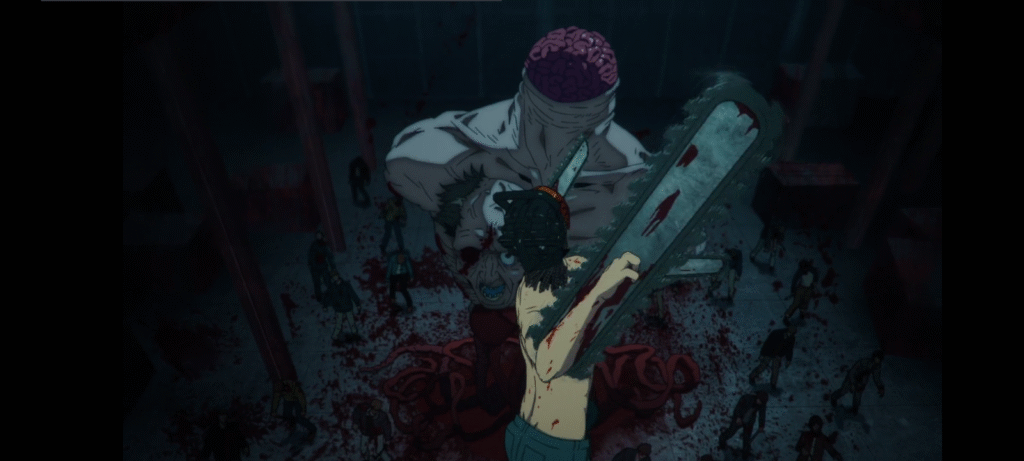
Yes, anime has tsunderes, shounens, and the classic overpowered MC—but modern anime is evolving these tropes.
A. The Deconstruction Trend
Re:Zero dismantles the isekai power fantasy.
Mob Psycho 100 questions emotional suppression in strong protagonists.
Chainsaw Man flips the shounen structure by prioritizing selfish desires over “heroic” ideals.
🌍 10. Global Influence and Cultural Exchange
Anime has exploded globally, influencing fashion, film, and art. Directors like the Wachowskis (Matrix) and Guillermo del Toro (Pacific Rim) cite anime as key inspiration.
Meanwhile, international audiences give back, creating fan dubs, cosplays, and even inspiring anime-themed cafes, pop-up shops, and exhibitions worldwide.
📌 Conclusion: Anime Is a Language of Its Own
To say anime is just animation is like saying opera is just singing. The characteristics of anime span far beyond visual appeal. They encapsulate raw emotion, cultural reflection, artistic expression, and psychological exploration.
Anime dares to feel. To dream. To ask the hard questions.
And in doing so, it connects across languages, generations, and geographies—one frame at a time.
